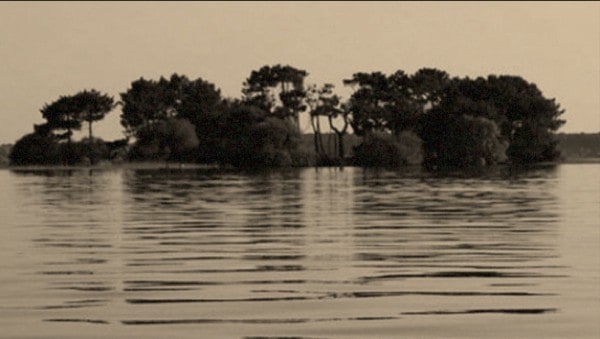 devoted the last two years of my life in search of a book, only to find out that even Russian descenders aren’t made aware of a certain part of Soviet history. From the darkest parts of the Soviet history (one can only pray that this was the worst, albeit I doubt it) to ask some of the Big questions that keep geneticists and epigeneticists awake at night…here comes Nicolas Beuglet whose new novel bridges these topics.
devoted the last two years of my life in search of a book, only to find out that even Russian descenders aren’t made aware of a certain part of Soviet history. From the darkest parts of the Soviet history (one can only pray that this was the worst, albeit I doubt it) to ask some of the Big questions that keep geneticists and epigeneticists awake at night…here comes Nicolas Beuglet whose new novel bridges these topics.
His unique writing style keeps on inspiring his auditory. And L’ile Du Diable (Devil’s Island) is just another proof of his talent to catch his readers off guard. The book is a spine-chilling thriller that unhides a horrifying event from the depths of Soviet history and poses all-important, central questions, regarding our past and how it has imprinted us. How much of our ancestors live in us, for better or worse?
Moving away from the excitements that science and modern literature have to offer and onto the “exhumation” of a really dark event from the icy Siberian plains at the time of Joseph Vissarionovich Stalin…
We are to discuss the so-called Nazinskaya tragediya (Nazino tragedy).
May 1933…
The mass deportation of more than 6000 people to Nazinsky Island. The island is located on the Ob River in nowadays Tomsk Oblast. Men and women, pregnant and with children, innocent and dangerous, were deported there, all together to “cultivate” the Siberian land…
And so, these “socially harmful and declassed elements” spent a month there, waiting to be sent to special labor camps further east. No supplies, little to no tools, and no shelter – completely unprepared to survive the harsh climate. You may wonder what they were being fed…
How about flour? Just flour. It did not take long before some of them crossed the line and changed their diet…
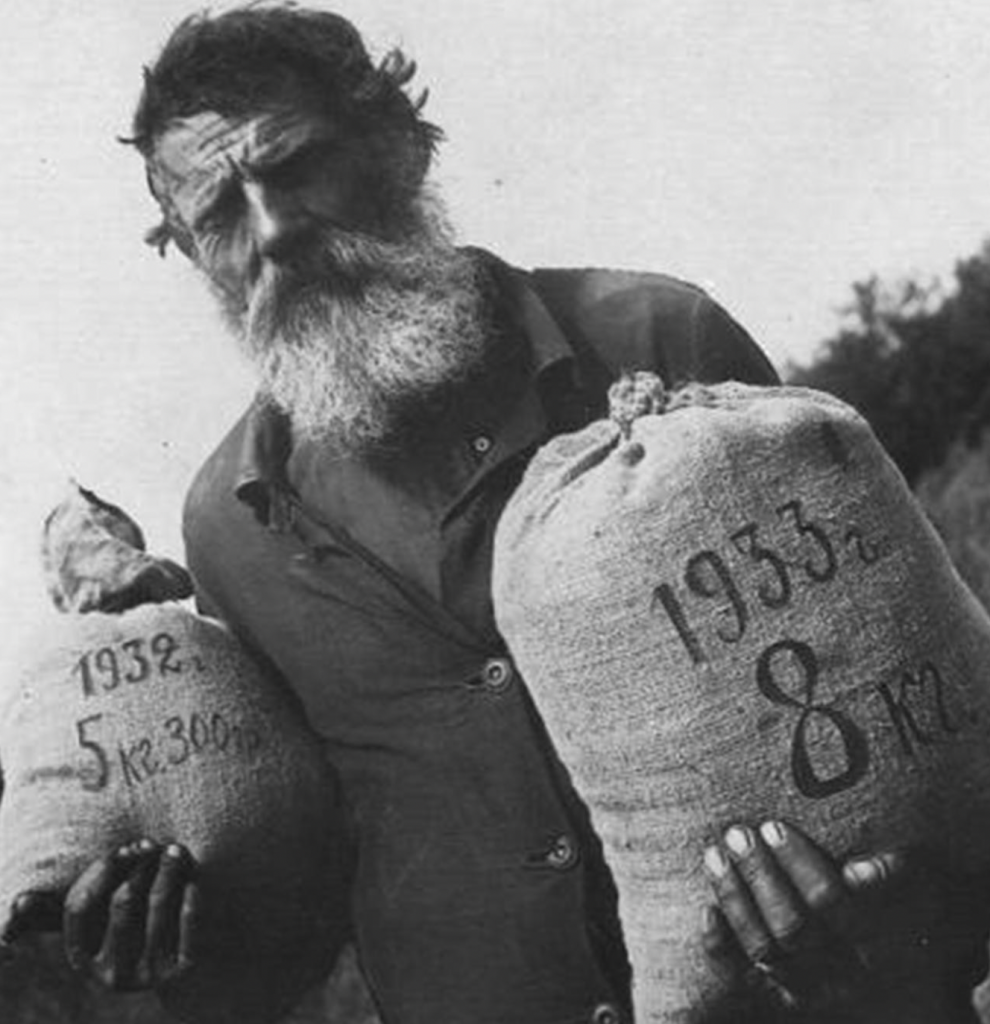
The Good, The Bad & The Worst
Let me start this paragraph by saying that the power believed they were killing two birds with one stone – cleaning the cities and populating Siberia. It all began with the revival of the passport system (1932) that was abolished after the 1917 revolution when the Bolshevik regime abolished passports to control people’s movement inside the country. The abolishment was caused by people who happened to be migrating to the cities in search of better opportunities which resulted in a shortage of opportunities and housing for the main pillar of the back-then ruling regime – the proletariat. This led to the 1932 issuing of passports to workers to…restore the balance. As expected the ”lower class” were deprived of this right up until 1974. You may consider this as depriving of human rights, I say…wait a bit.
Together with the re-introduction of the passport system, in large cities, the power carried out “mopping-up operations”. In addition to peasants looking for a better life, all kinds of “anti-Soviet” and “declassed elements” were black-listed. These included profiteers, vagabonds, beggars, tramps, prostitutes, former priests, and other categories of the population not engaged in socially useful labor. Their homes (if they had one) were seized and they themselves were deported to Siberia…
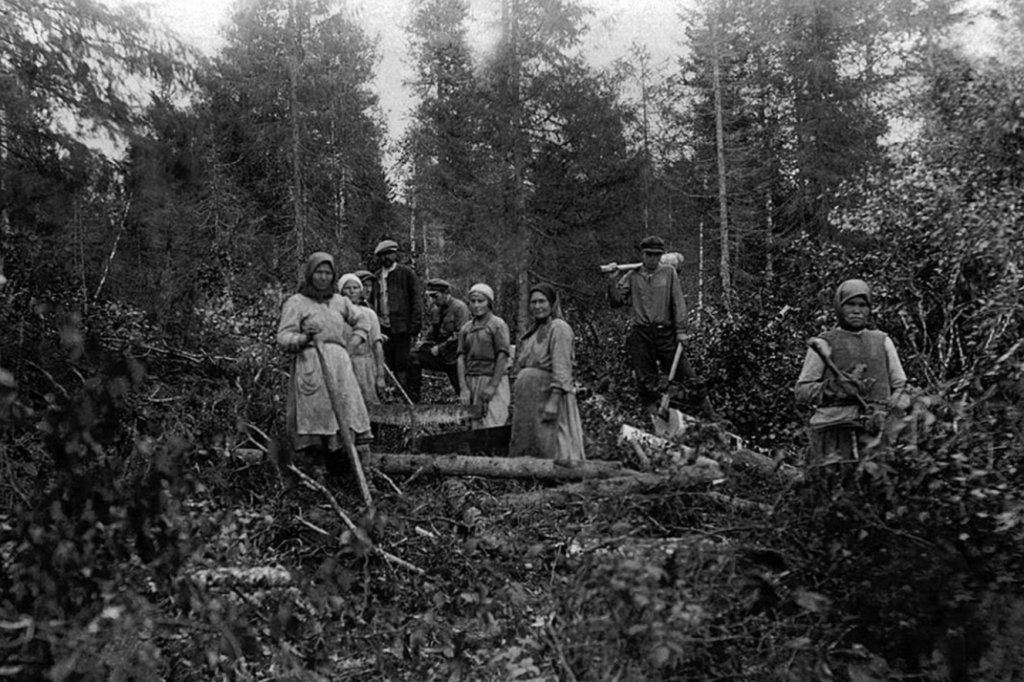
Another paradox. Among those who were sent away, there were “guilty” individuals such as students caught on their way to visit relatives. There was a 12-year-old girl left on a station platform for ten minutes while her mother went to buy bread. The mother returned to find out that her child was abducted by police officers, perhaps on the basis of being left alone. There was the 103-year-old man who went out on his street for some air. Even a bus driver who had popped out to get some cigarettes. All across the USSR, hundreds of thousands disappeared this way. Among them were also pregnant women, women carrying infants in their hands. Wives and husbands. Elderlies. Even the head of a Moscow police department. And many more. They were the so-called violators of the passport regime. Their situation was further complicated and they were further endangered as they were kept together with hardened criminals, sent away to alleviate the burden on overcrowded prison camps in the European part of the country.
A Month In Hell
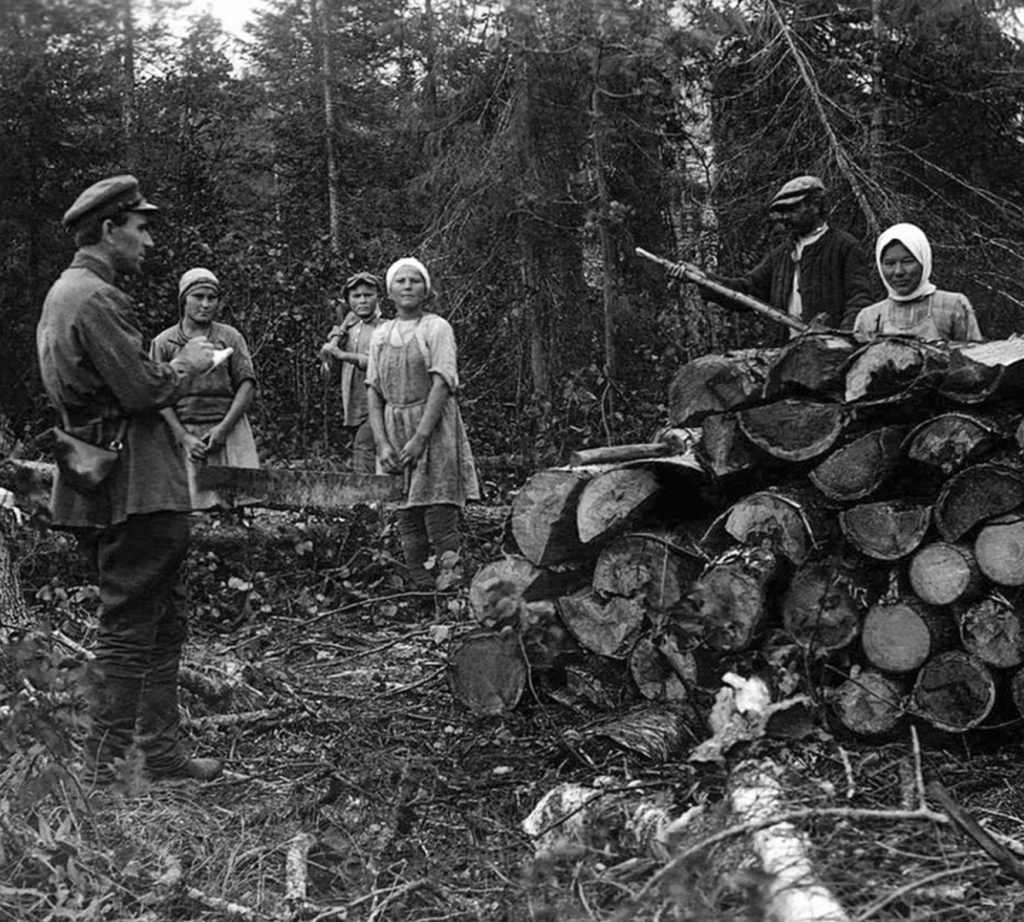
Dressed in the clothes that the police had detained them in on the streets of Moscow and Leningrad, the deportees were sent to Nazinsky Island. As established, they were supposed to stay there temporarily, while accommodation problems at the labor camps were resolved.
On the day after their arrival, the wind picked up and the temperature dropped below zero. It began to rain. Defenseless, homeless, and hungry, they were left to wander around the island in the search of provisions and shelter. A couple of days later they received a food delivery – a few hundred gramps a person of rye flour…Just enough to prepare a “porridge” with water from the river. Soon hundreds died from hunger, disease, and exhaustion. Attempts of escaping took place but the island was surrounded by machine-gun crews, who immediately shot those who tried to escape
.After 10 days of hunger, the first cases of cannibalism took place when a bunch of criminals crossed the line. Residents of a nearby village witnessed the tragedies. A girl who was just 13 at that time told the story of the assault of a beautiful young woman by one of the guards.
“When he left, people grabbed the girl, tied her to a tree, and stabbed her to death, eating everything they could. They were hungry and wanted to eat. All over the island, one could see human flesh being ripped, cut, and hung on trees. The clearings were littered with corpses.”
The horrors did not end here. The stories of many were heard and passed down the line, yet this is just a small proportion and we can only imagine the rest…
“The deportees sometimes came to our apartment. Once, an old woman came from Death Island. She was being deported further… I saw that the old woman’s calves had been chopped off. When I asked, she said: ‘They were cut off on Death Island and grilled.’ All the flesh on her calves had been cut off. Her legs were freezing all the time and the woman wrapped them in rags. But she was able to walk unaided. She looked old, but in reality, she was in her early 40s.”
Theophila Bylina – another resident of Nazino
“I was choosing those who were no longer alive, but not yet dead either,” a prisoner by the name of Uglov, accused of cannibalism, testified during interrogations later. “You could see that a person was a goner, that they would die anyway in a day or two. So it would be easier for them to die… now, right away, instead of suffering for two or three more days.”
Uglov. The Confession Of A Cannibal.
The so-called evacuation
A month later the survivors were evacuated from the island. However, their suffering did not end there as they were sent to Siberian settlements and gulags (labor camps). In the end, only 2,000 survived the ordeal.
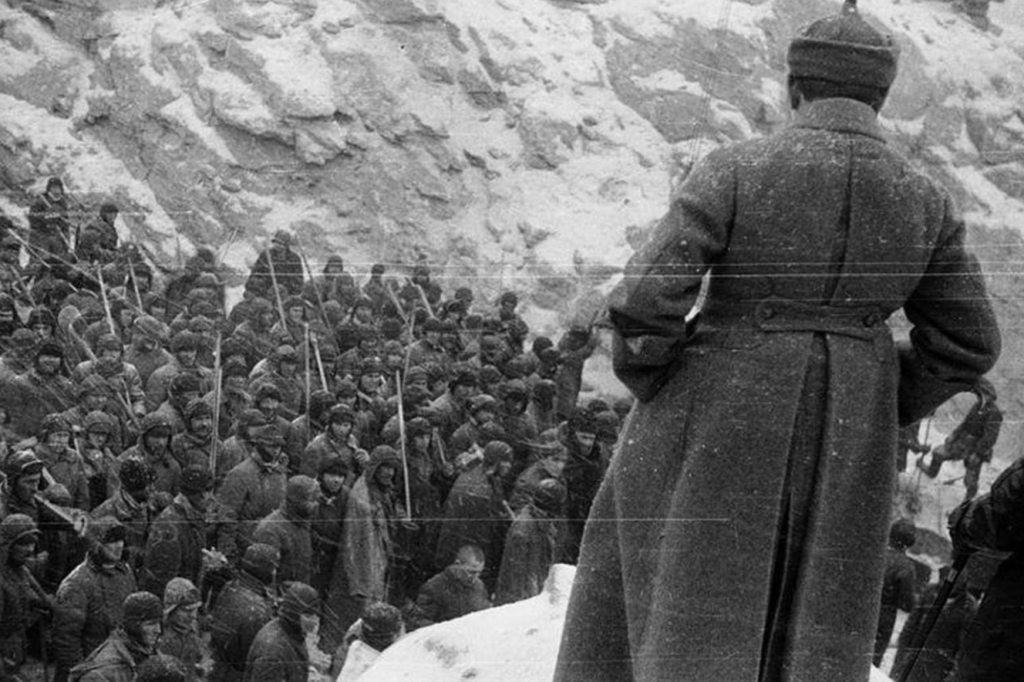
This part of history would have remained unknown to the world, had it not been for Vasily Velichko, a party instructor who was sent to write a report on how the “declassed elements” were being successfully resettled there. Opposing the set expectations, Vasily immersed himself in crimes investigation. Vasily lost his job as a party instructor but was not subjected to any further sanctions. Having become a war correspondent, he survived World War II and wrote several novels about the socialist transformations in Siberia, but he never dared to write about Nazino tragedy, thus leaving us to wonder what more he had to say on the topic.
The stories of the many residents and deportees who were brave enough to speak up gave initial light to the case. Believe it or not, among the findings were 31 mass graves with 50-70 corpses in each. His findings gave birth to a bunch of reports on this event, which included the testimony of dozens of survivors. The reports were sent to the Kremlin – to Joseph Stalin and the Politburo. The distress and disturbance caused by these findings made the files…disappear. And so, the events of May 1933 remained classified until the human rights organization Memorial conducted an investigation in 1988 when the general public learned about the Nazino tragedy. It was further popularized in 2002 when the 1933 reports were published by Memorial.
Nazinsky Island: Nowadays

Situated in Siberia, by the Rivers Ob and Nazina, approximately 800 kilometers to the north of Tomsk the 600-meter wide island known as Navino, or Cannibal Island, spent many decades in total obscurity. Little is known about its past and current population, if there is any.
And how could a person inhabit such a place of horrors? Would you dare venture onto this island?
Some say that the ghosts of those who suffered and died there still lander around. Others look at this story from a scientific and/ or a literature point of view. This leaves us with our initial question. How much of our ancestors live in us, for better or worse? I will dare to ask further. Are we ready to know our history?
This publication is devoted to the victims of these awful crimes, who suffered in these hellish conditions in this forgotten place, and to their ancestors who lived with the tragedy of these nightmarish events.
More on the topic: Sources & Additional Reading:
L’ile Du Diable (Devil’s Island) by Nicolas Beuglet
Cannibal Island, a documentary directed by Cedric Condom (available on Amazon)
The Nazino Tragedy or Cannibal Island & How To Survive by Ronan Rouge
The HARROWING true story of the USSR’s ‘Cannibal Island’ by Boris Egorov (Russia Beyond)
Stalin’s “Cannibal Island” – Nazinsky, a documentary by Disturban History (YouTube)
Nazinsky: Stalin’s Cannibal Island, by Geographics (YouTube), with Simon Whistler (host), Morris M (author), Jennifer Da Silva (producer), and Shell Harris (executive producer)
Nazinsky: The Soviet Union’s Cannibal Island Gulag by Alan Behrens
Cannibal Island: Death in a Siberian Gulag (Human Rights and Crimes against Humanity)
Political decisions and crimes – be they past or current, affect the nations and mark the world’s history in an unspeakable way, despite being made by a hand of people. Thus, acts of xenophobia must not be tolerated. We should never forget that we are all in this together!

“I exist here, now. I’m not much interested in the future. Or, more precisely put, I do not believe in the future. To exaggerate a little, I have no faith that I will still exist tomorrow or the day after. What is more, I absolutely detest retrospection. That dislike is balances only by my desire to make my way back home as quickly as possible.”– Yohji Yamamoto

